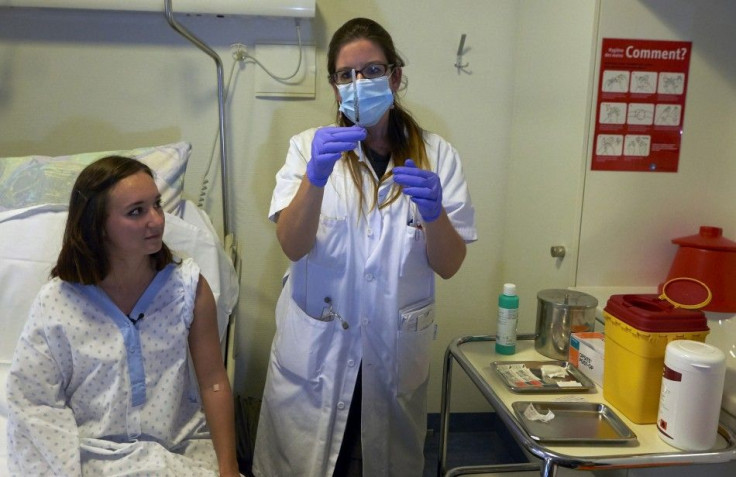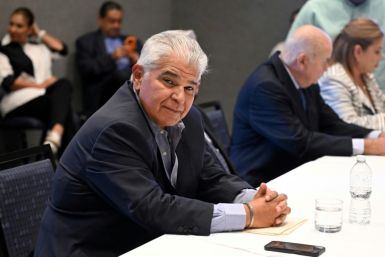Patients perceive racial bias in health care through doctors’ body language

Doctors give less compassionate nonverbal cues when caring for ill black patients compared to white patients. A small University of Pittsburgh School of Medicine trial reveals that racial bias may be observed by physicians' body language, the first study to observe interactions during end-of-life situations.
The findings lead the researchers to believe that this may be a reason why black patients tend to ask extraordinary life-sustaining treatments and claim worse communication or interaction with their physicians. Unfortunately, physicians may not be aware of their nonverbal gestures at times, which may explain why many black patients report discrimination.
"Although we found that physicians said the same things to their black and white patients, communication is not just the spoken word. It also involves nonverbal cues, such as eye contact, body positioning and touch," senior author Amber Barnato, associate professor of clinical and translational medicine in Pitt's School of Medicine, said in a news release. "Poor nonverbal communication -- something the physician may not even be aware he or she is doing -- could explain why many black patients perceive discrimination in the health care setting."
The researchers asked 33 hospital-based attending emergency hospitalists, intensivists and physicians to enact a realistic simulation wherein black and white actors pretended to be family members and patients in critical conditions. The hospital workers were not informed that this was just a test. The actors read matching scripts, showing signs of severe, life-threatening conditions such as plummeting vital signs related to metastatic gastric or pancreatic cancer and then scoring the physicians afterward.
The researchers note that most physicians were white men, so no significant conclusions about the impact of physicans’ race on their actions were derived. Doctors were scored 7 percent lower, on average, for their nonverbal interactions with the black patients than with the white patients.
Physicians stood right at the white patient’s bedside and touched them in a sympathetic manner, according to Barnato. Body language is a significant tool in building trust, Barnato adds. Simply staying near the door and holding a binder in front of a patient could be seen as being defensive or disengaged, which physicians did more frequently when dealing with black patients. This seemingly harmless gesture can lead the patients to believe that doctors do not have their best interests in mind.
"When you survey people in the community about their feelings on end-of-life care, blacks are only slightly more likely than whites to say they want aggressive, life-sustaining measures when terminally ill," Barnato concluded. "However, blacks are much more likely than whites to request such care when they are faced with making the decision in the hospital... to help black patients and their families feel welcome and encouraged to be partners in medical decision-making, it is critical that doctors be aware of their verbal and nonverbal communication and any unintentional biases."






